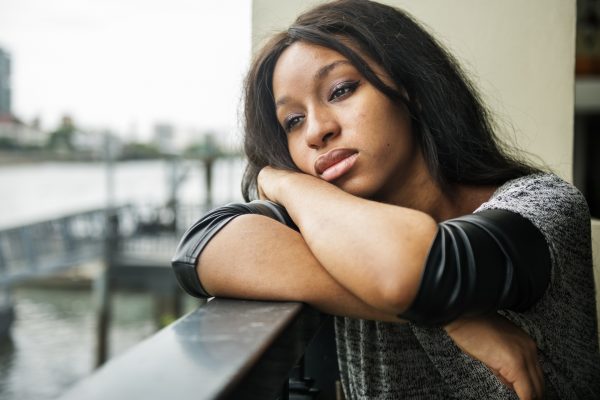Anxiety can be defined as an irrational fear of situations that are normal for others. For instance, someone who has a fear of flying has an anxiety disorder called Aerophobia. Everyone experiences some degree of anxiety. But it becomes a medical disorder when it interferes with a person’s quality of life. Someone with a social anxiety disorder – a fear of social situations – may be unable to leave their house and miss out on building friendships, romantic relationships, and career opportunities.
Read more about Wellness
The Different Forms of Anxiety
From panic disorder to social anxiety disorder, there are several forms of anxiety. According to the United States Department of Health & Sciences, the 5 major types of anxiety are:
- General Anxiety Disorder
- Obsessive-Compulsive Disorder (OCD)
- Panic Disorder
- Post-Traumatic Stress Disorder (PTSD)
- Social Phobia (or Social Anxiety Disorder)
Phobias such as aerophobia (fear of flying) and claustrophobia (fear of small places) are characterised slightly differently from anxiety because they involve more specific objects, events, or situations.
Anxiety disorders are the most common mental illnesses in the United States. Around 40 million Americans are affected. They affect almost 30% of adults at some point in their lives. Anxiety disorders are most commonly diagnosed in childhood, adolescence, or young adulthood.
Symptoms
While many people may experience slight differences in symptoms, the body reacts in a specific way to anxiety. The common symptoms of anxiety include:
- Nervousness, restlessness, or being tense
- Feelings of danger, panic, or dread
- Rapid heart rate
- Rapid breathing, or hyperventilation
- Increased or heavy sweating
- Trembling or muscle twitching
- Weakness and lethargy
- Difficulty focusing or thinking clearly about anything other than the thing you’re worried about
- Insomnia
Sign up to the Connect Nigeria daily newsletter
- Digestive or gastrointestinal problems, such as gas, constipation, or diarrhoea
- A strong desire to avoid the things that trigger your anxiety
- Obsessions about certain ideas, a sign of obsessive-compulsive disorder (OCD)
- Performing certain behaviours over and over again
Anxiety surrounding a particular life event or experience that has occurred in the past, especially indicative of post-traumatic stress disorder (PTSD)
When to See a Doctor
Although anxiety disorders are easy to overlook or undermine, you should see a doctor if your anxiety is interfering with your daily life. The earlier you treat an anxiety disorder, the easier it is to get over it. Delay may cause symptoms to worsen over time.
What to Expect
If you’ve decided that you need anxiety treatment, the first step is to
- Visit your primary care physician. They’ll be able to tell if your anxiety is linked to a physical health problem. If an underlying issue is discovered, they can devise a treatment plan to help you overcome your worry.
- If your doctor determines that your anxiety is not caused by a medical problem, he or she will recommend you to a mental health professional. A psychiatrist and a psychologist are among the mental health professionals to whom you will be referred.
Sources
Healthline
Mayoclinic
Featured Image Source: Scooper
Got a suggestion? Contact us: [email protected]


